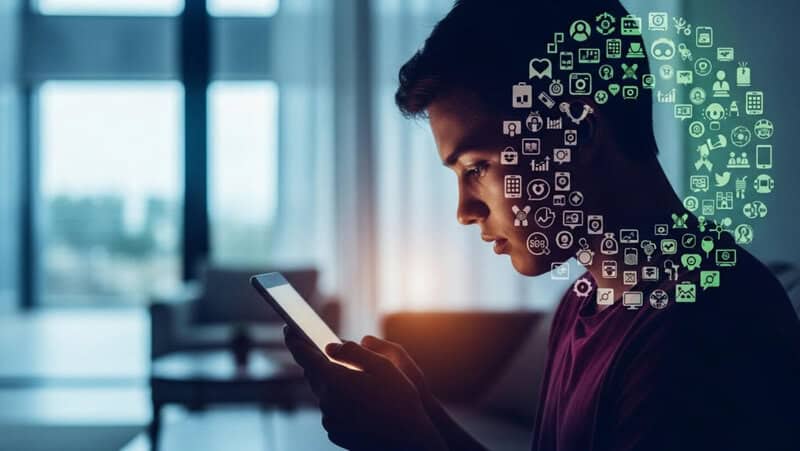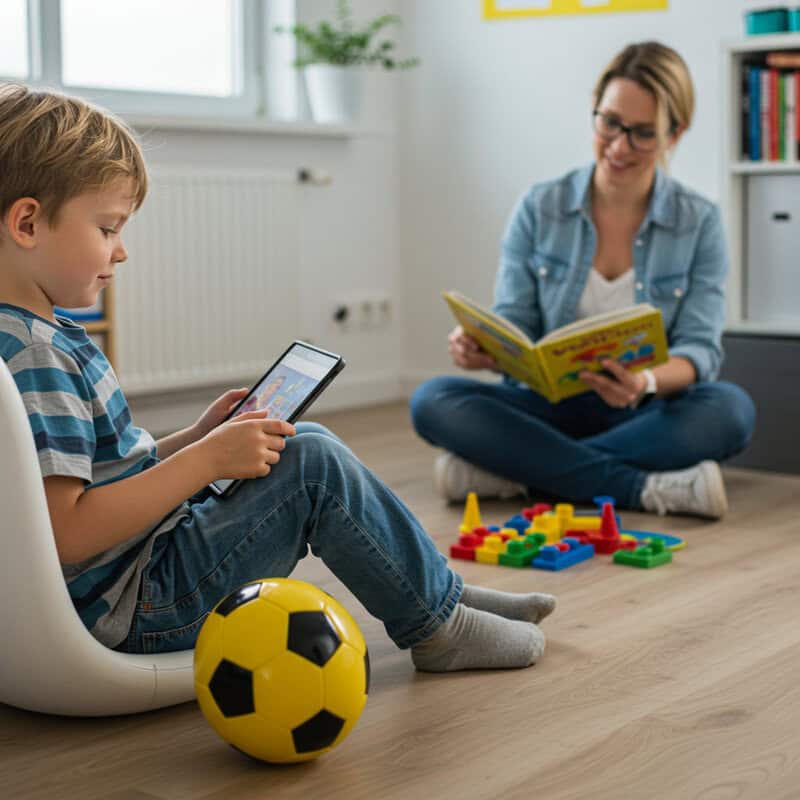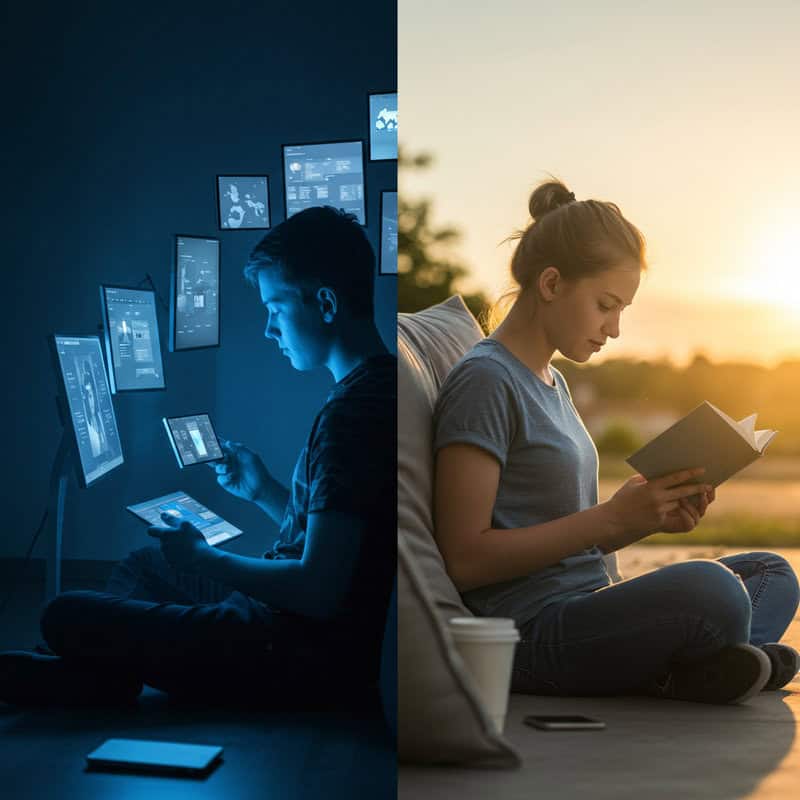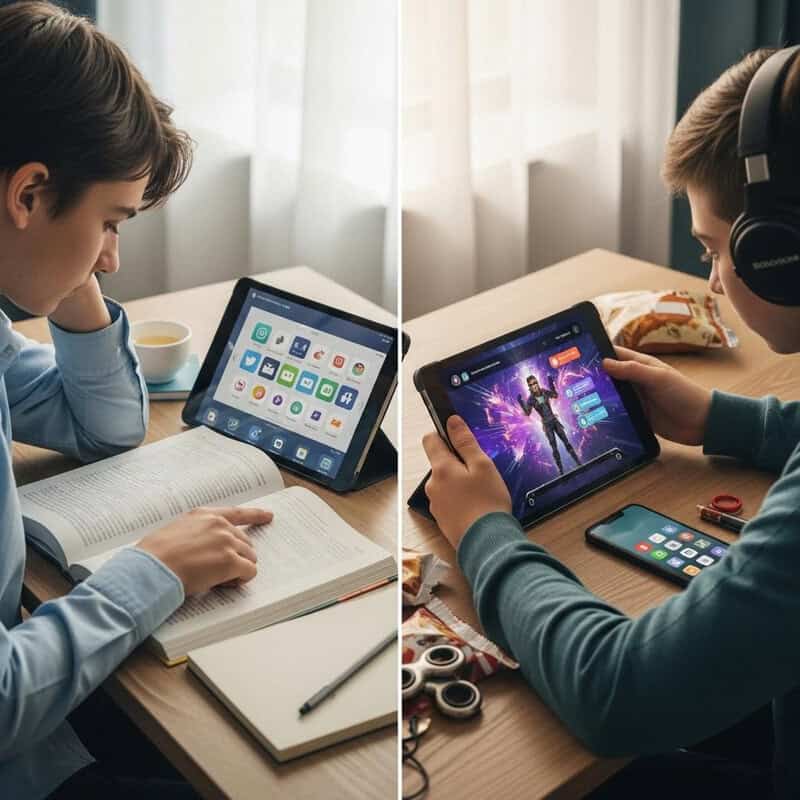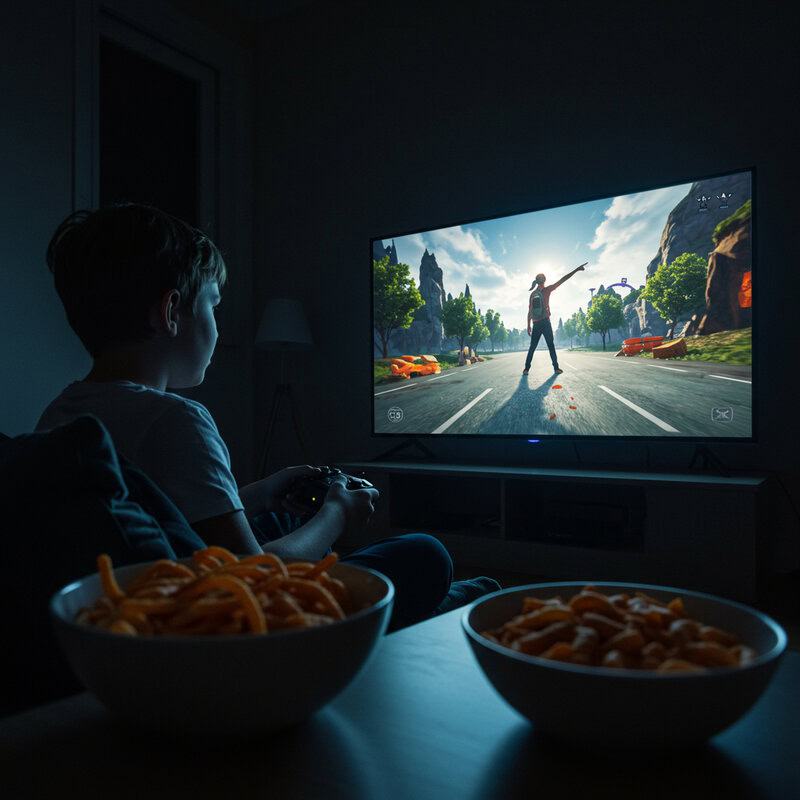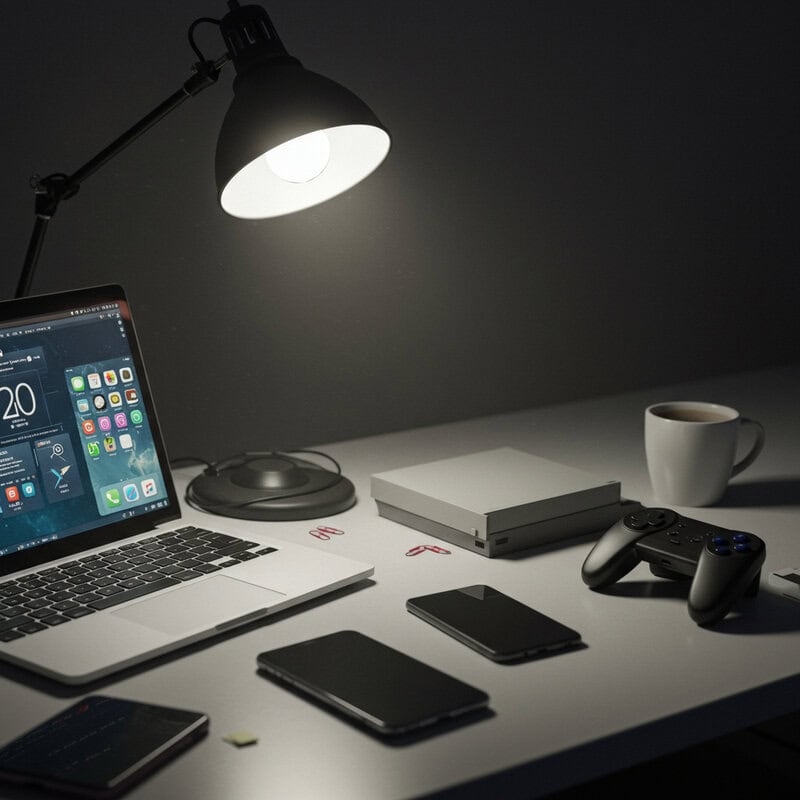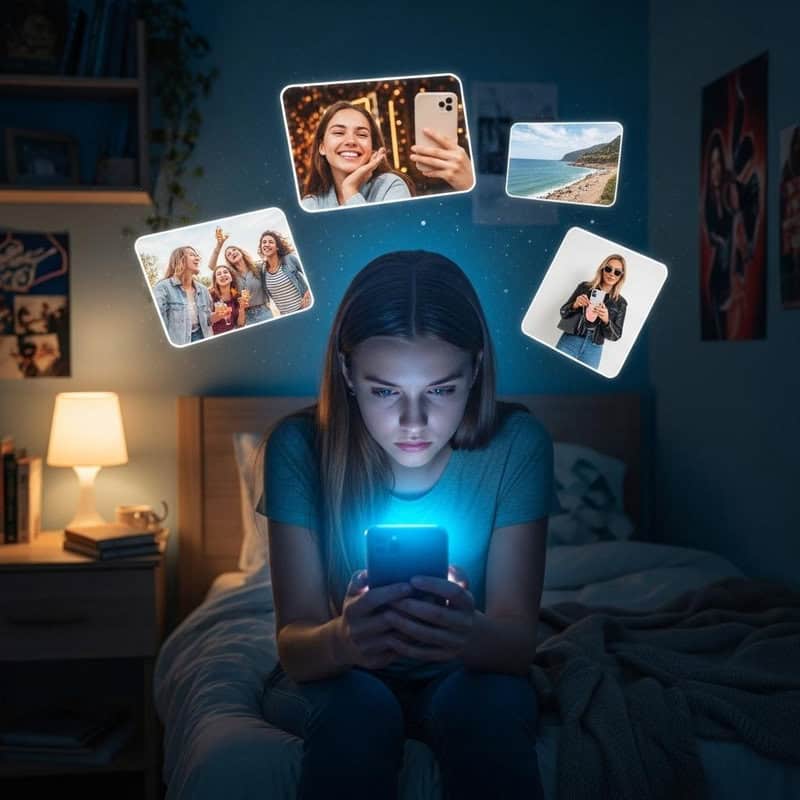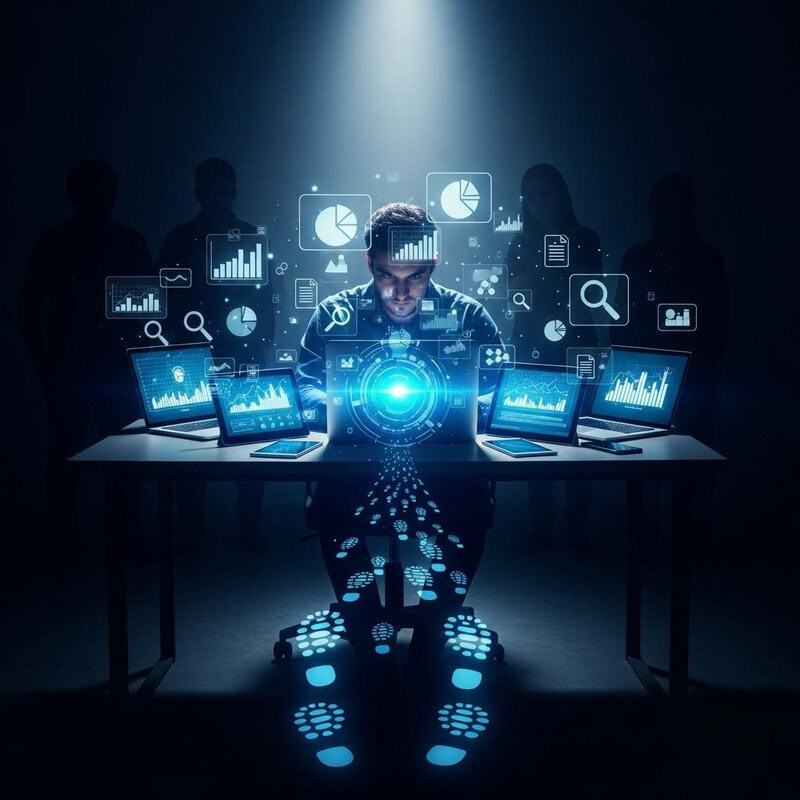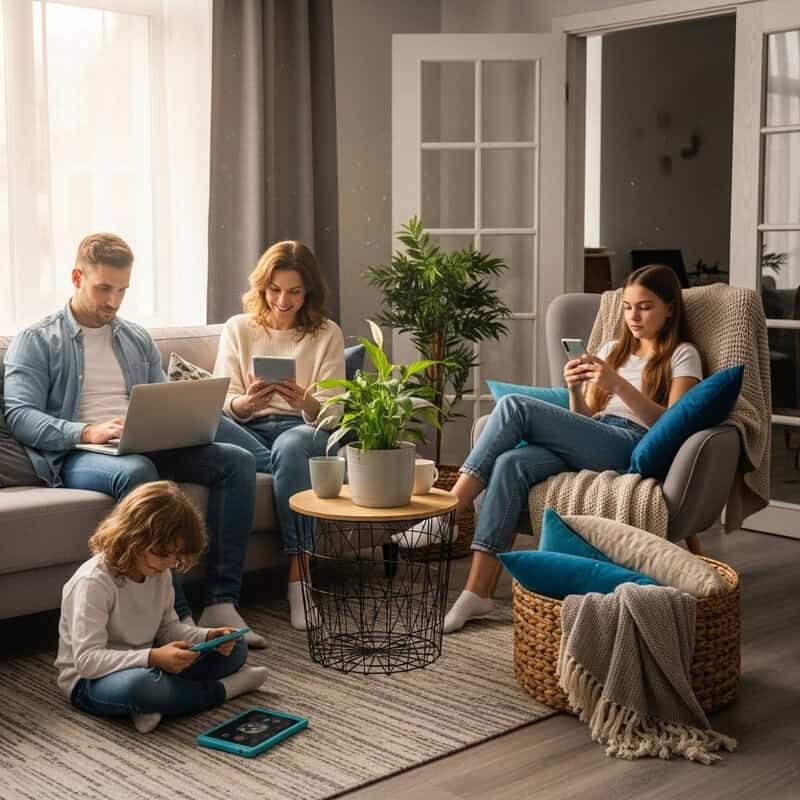6. Social Interaction and Communication

The transition from in-person conversations to digital interactions has transformed the way people connect and communicate. While online platforms enable instant communication across distances, they can also hinder the development of social skills and emotional intelligence. Nonverbal cues, empathy, and nuanced communication may be lost in text-based or video interactions.
According to a Pew Research Center report, although digital connectivity offers convenience and new opportunities for socialization, it also poses challenges for building deeper, more meaningful relationships in both personal and professional spheres.

